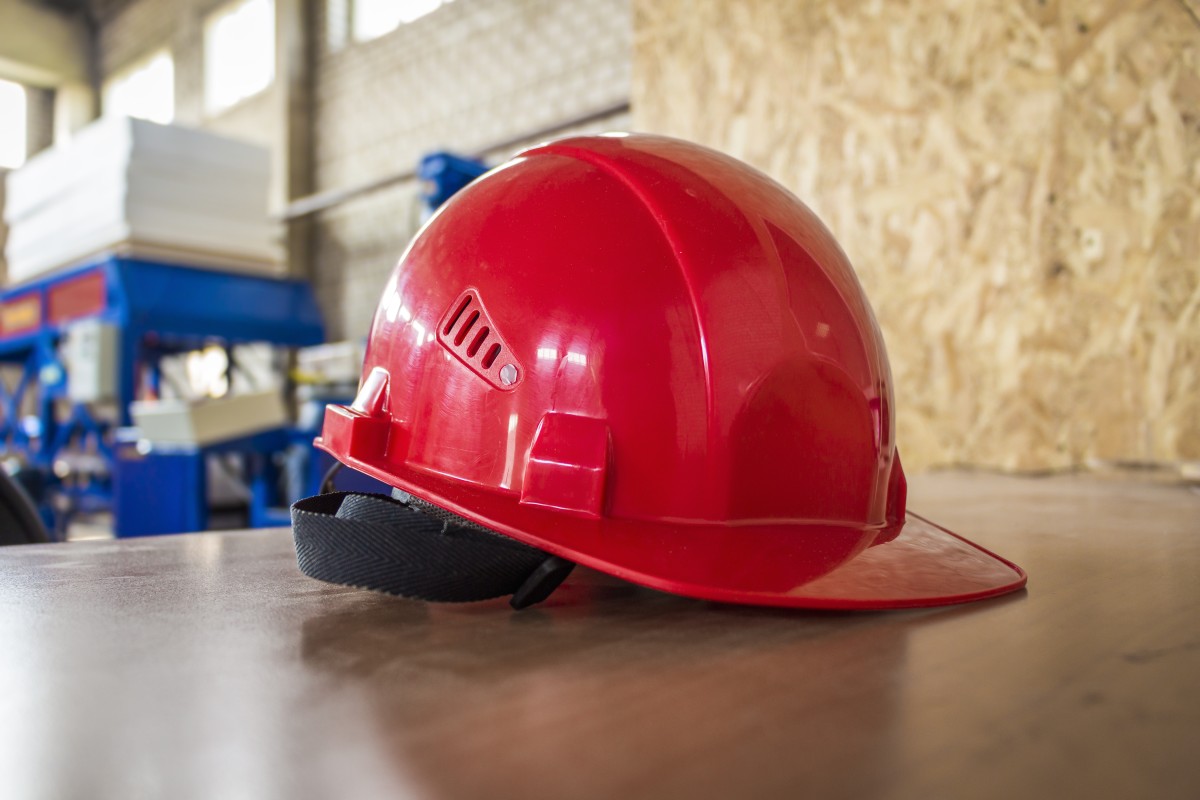The Importance of Wearing and Caring for Your Hard Hat

Walking around almost any worksite, you’re likely to see some hard hats. They’re so common that some people carry them in their vehicles on a daily basis.
OSHA has very specific guidelines to protect workers from head injuries. According to its 29 CFR 1910.135, “Employees working in areas where there is a possible danger of head injury from impact, or from falling or flying object, or from electrical shock and burns, shall be protected by protective helmets”. There are numerous situations in which this applies:
- Below co-workers on scaffolding
- Near objects being carried or swung, like hand tools
- Working around exposed pipes or beams
Choosing this vital piece of PPE is an important decision. Deciding which type of protection and class of hard hat you need is the first step.
Hard Hats are Available with Varying Levels of Protection
- Type I: The most common type of head protection. Protects the top of the head from impact.
- Type II: Protects the top and sides of the head from impact.
- Class E: Should be worn by employees working near electrical hazards. Class E hard hats have been tested to 20,000 volts.
- Class G: Provides minimum protection against electrical hazards. These hard hats have only been tested to 2,200 volts.
- Class C: Classified as conductive. This class of hard hats should not be worn when working with or near electricity.
Extending the Life of Your Hard Hat
Because of how often head protection is required, it makes sense to do what you can to take care of your hard hat. Following these simple guidelines will help it last longer.
- Avoid scraping or banging hard hats around
- Don’t throw them on the ground
- Clean hard hats at least once a month (Dip hard hats in hot soapy water, the scrub, rinse, and dry)
- Take out the removable sweatband and wash it periodically
- Store hard hats in a cool place
- Avoid leaving them in the sun as sunlight will deteriorate it
Service Life of a Hard Hat
Despite their rugged construction, hard hats don’t last forever. Hard hats must be inspected daily, or before each use. Employees must replace a headband that’s stretched or worn. The entire hat should be replaced if the shell is cracked, broken, or punctured, or if the hard hat has taken a heavy blow (even if it doesn’t show any damage.)
Hard hats should be replaced after 5 years of use when they’re worn in environments that have sunlight, chemicals, or temperature extremes. Suspensions should be replaced after 1 year of use.
Hard hats are crucial to keeping you safe and out of the emergency room. If you have questions about what protection is right for you, give the Technical Support reps at Northern Safety & Industrial a call at 800-922-8553. They’ll give you the information you need to make the right choice.
